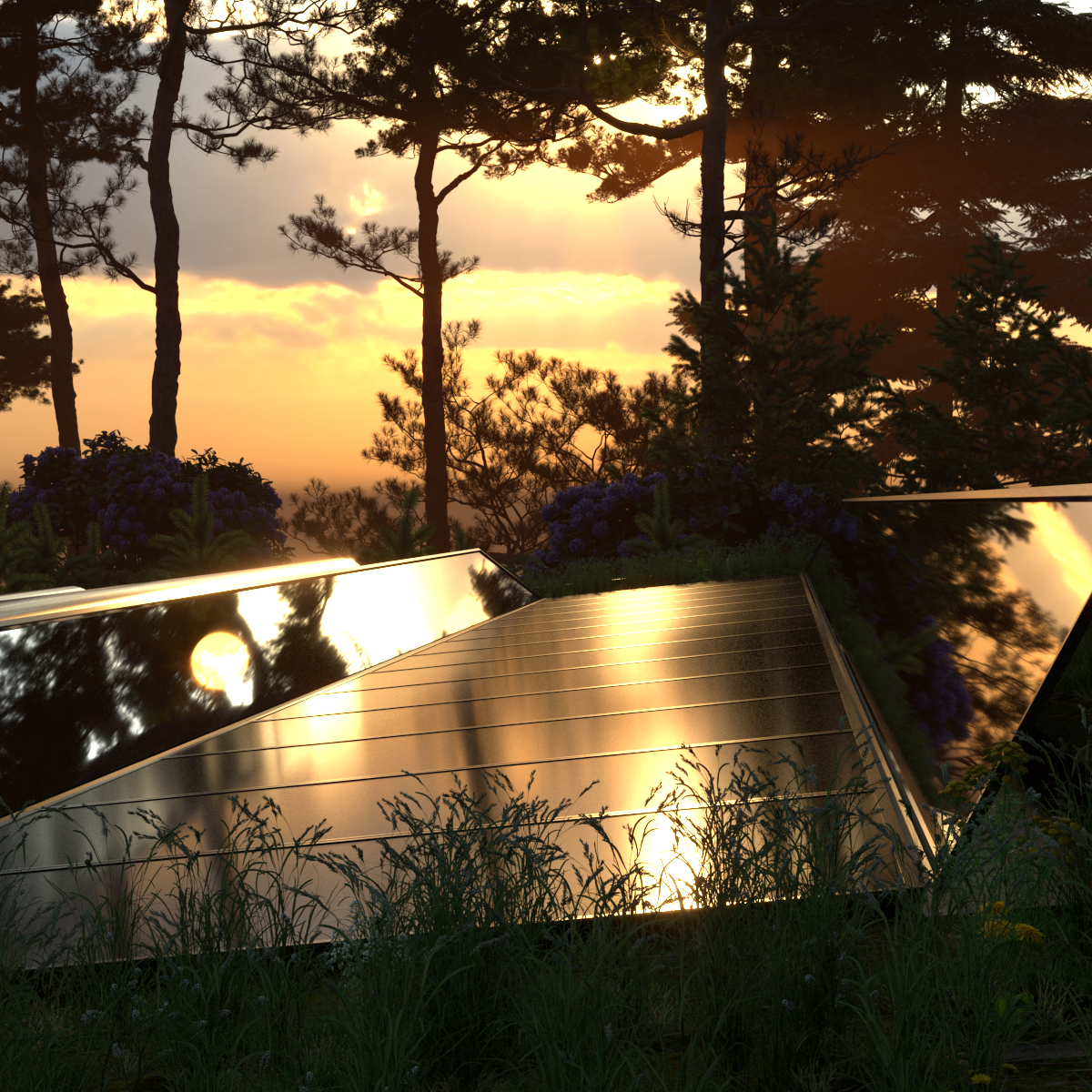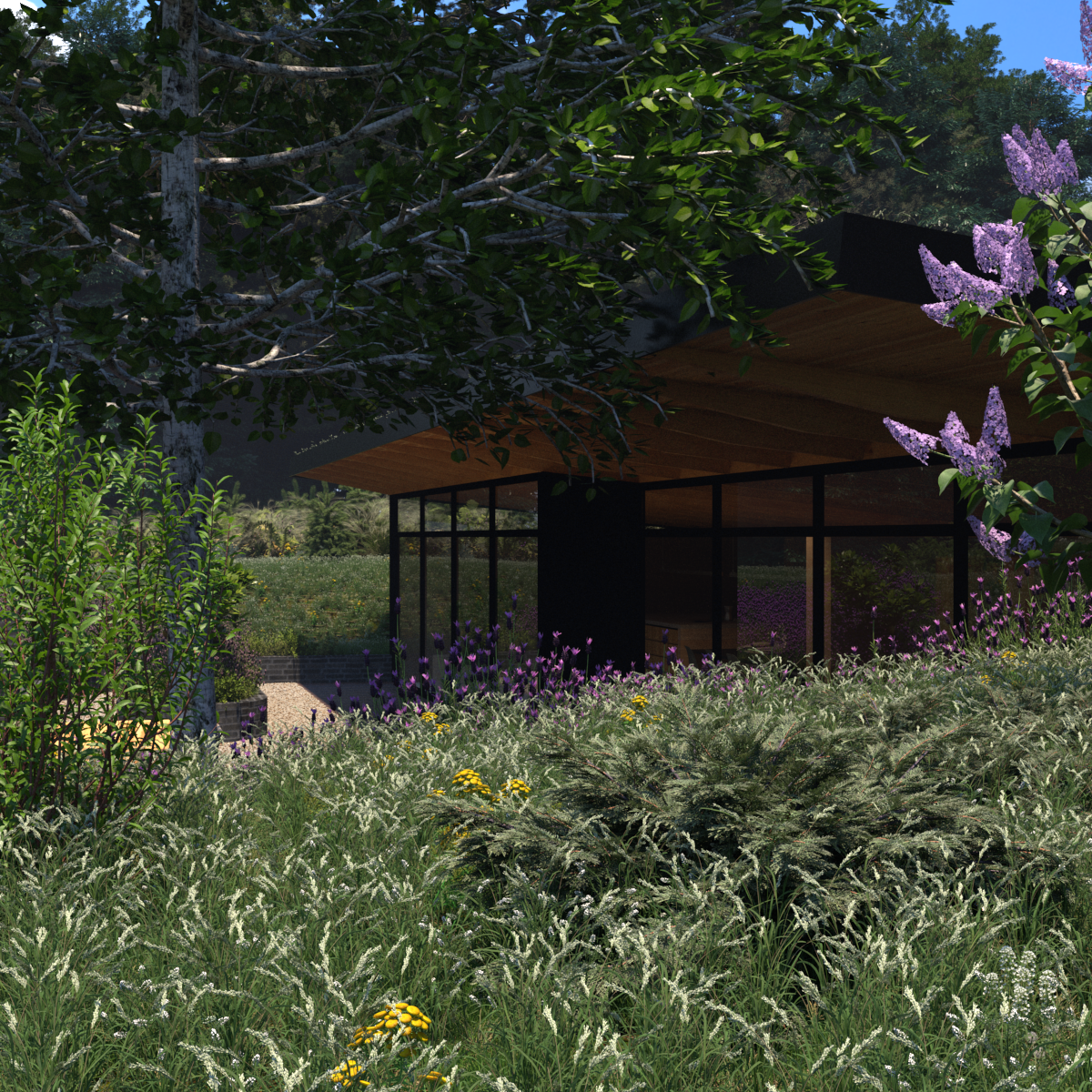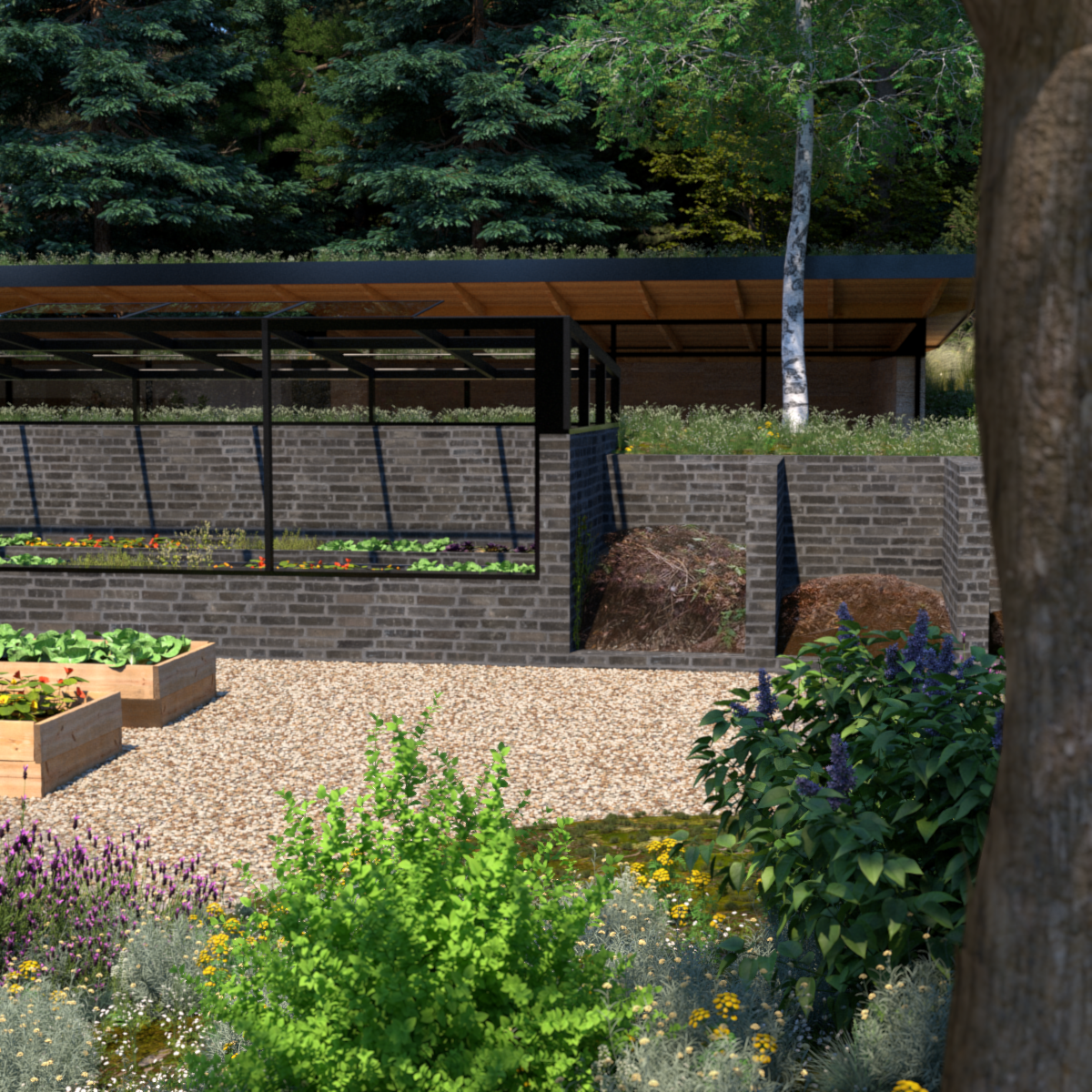
Creating a New Way Forward
Redesigning Live Using the Four Modes
As a designer I wanted to put this thinking to the test and redesign how I live; what would a house look like, how does it become a better stage for how we live, how can it change our flows and rhythms and make use more conscious of our place in the world and relation to each other and the things around us, connect us with natural processes and our human abilities.
I’ve arranged this by the four modes. But I found every new ideas sets off a cascade of other ideas that spread across the other modes. So below are some isolated ideas on living.
Man as Consumer
Intro about awareness and contentness…
Things are perfect, we are taught to desire new shiny perfect things, with no trace of humanity. Machine made.
The actual workings are hidden, they hide the truth of exploitation.
How do we design in a way that creates awareness, what choices can we make when we consumer, what do we retain and how can we transform it, what do we discard.
Not creating a smart home, because I want to be aware of the workings of the system rather than have it automated away.
Not a lot of technology. Awareness of the impact of technology and advertisement. Want to walk in and leave that behind.
Comfortable, but comfortable because you invest in that comfort, as a reward, not something you take for granted.
Still a car, electric, needs grid in winter.
As an industrial designer, I was convinced I could create positive change from within the industry and that working with bigger brands would give my work more impact. But even with well meaning brands and despite the fact that technology is inherently neutral, when applied within the confines of capitalism the work always serves economic growth through exploitation. Throughout my career, I worked with major global brands, including the past 15 years in the realm of big tech. Seeing first hand how this exploitation impacts the global south, from mining industry in Congo to working conditions in manufacturing in South East Asia and e-waste piling up in countries like Kenya. However, like we argued these very products also aversely affect the lives of consumers in the global north. Innovation in the PC industry for example focuses on "productivity," which ultimately translates to reducing the cost of knowledge work. While computers have bestowed upon us extraordinary abilities, it’s questionable whether we continue to become more effective. In reality, we find ourselves burdened with an abundance of digital busywork that masquerades as productivity. Our jobs become increasingly screen-centric, isolating, narrow, and abstract. Often, jobs merely serve intangible needs to sustain the economy, disconnecting individuals from contributing any tangible value—a collection of meaningless and unfulfilling positions, commonly referred to as "bullshit jobs."’
Man as Specialist
Intro on Independence from technology suites… Local industries (vs global)
Focus on finding alternatives for technology suites. So we continue to stay connected to the power grid. But for heat, sewage and water we go completely off-grid and become self reliant, this is done with local knowledge and industry (and could be scaled to community size for greater efficiency). Not every place is the same so global solutions are never optimal. Use deep local knowledge. Avoid technology suites that are extremely power and resource hungry for their operation and tend to enable further growth rather than aiming for balance.
Craftsman ship, appreciation for how things are made. Long lasting rather than disposable (hand down generations).
Smart local systems replace utilities that are supported by complex energy intense technology suites. These operate on sun, wind, etc. and work in a local setting.
Local materials, no transport.
The kind of design I studied in school is fully in service of the global industrial complex, creating consumer products and stimulating desire for new, shiny objects, new features and services. This is where the world’s top creative talent defines what’s in style, what’s fashionable and what you should buy. Design turned into a specialization, where highly trained and specialized workers engage in an ever more abstract -through the separation of creation and production and the introduction of the computer- practice that is more science than craft, more mind than hands. In that sense it’s very different from the kind of design that is practiced by specialist craftsmen and women whom are intimately familiar with their trade, materials and techniques and whom continue to hone their craft as they progress in their career and find their own expression. Their products are not perfect, not industrial, instead they show the hand of their master, and the tools used, they’re designed to last not to be fashionable or disposable and they have a sense of belonging, they are part of the local culture and fit local rituals, rhythms, geography and customs. As a designer and maker I see a real opportunity to break free from industrial production and embrace different philosophies to innovation. Like that of ‘man as specialist’, using renewable power and local knowledge and craft in combination with new insights and knowledge to create fitting solutions that can replace the complex, technology suites and mass consumption low quality goods produced by global industry.
Man as Maker
Intro on regaining homecraft skills, self reliance, accomplishment.
Handmade, crafted with your own hands, investment ensures you maintain it. Enables you to make it unique and just the way you like it, perfect for your situation. What you invest in learning new skills you can enjoy the rest of your life and improve over time. You can help others with these skills or build something bigger together.
Made from local materials, things that are local feel like they belong, sense of belonging. They ground you in the place and help understand local resources and the environment that you are working with. You literally reshape the environment.
These man made landscapes are rapidly disappearing and being bulldozered over to make room for machine made environments. They have a more human pace, feel,
I love how Paul Salopek describes his encounter with the landscape in Yunan, China that is subtly shaped by the hands of men.
Narrow roads in Yunnan moved like lines of music over a scenery shaped yet by living sinew. Stone-dressed wells. Apple orchards. Blue mountains beyond. Every footfall seemed improbably familiar—as if I were stepping into the oldest of possible homes… House doorways were often sized to the homes’ residents… It was architecture that revealed a single human life, not a demographic of millions.
Paul Salopek - Out of Eden Walk
Human scale, human made, appropriate.
Simple hand powered tools.
Local materials and practices.
Learn to do for yourself.
Homecraft and self sufficiency
Gardening baking bread
Simple hand tools and versatility. The marking of tools
Imperfection and Salopek’s Out of Eden walk (Yunnan)
Man as Commoner
Intro on restoration, getting closer to nature, understanding, enjoying, rhythms etc.
Personal story about design
Most primary expression, working with nature. We only know this from childhood, building huts, dams, making a bow and arrow or fishing rod to fish, etc.
Bushcraft, figuring out how to overcome obstacles, get hands on with nature
Immerse, and surrender, enjoy.
Inspiration from nature, Biomimicry
Materials from nature
Reciprocity



















